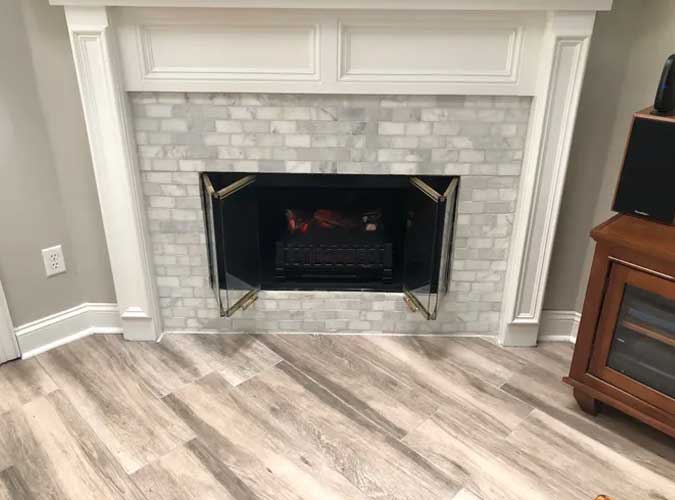Remodeling Dangers – Potential Issues With Factory Built Fireplaces
Avoiding Issues with Combustibles When remodeling a home with a fireplace, certain safety issues arise if proper care is not taken during the process. Factory built (prefabricated) fireplaces all come with very specific instructions as to where combustibles can and can’t be placed. This is where having or obtaining the manufacturers installation instructions is key. Fireplace Remodeling Step one Step one should always be finding the installation manual specific to your fireplace. The easiest way to find your installation guide is looking inside of the fireplace firebox for the data plate. Your data plate will provide you with the manufacturer and model of the fireplace and then you can typically find the manual online. If the data plate is no longer visible, painted over, or not found, contact your local chimney professional and they may be able to help. Fireplace Remodeling Step Two Now that you have your manual, make … Continued



